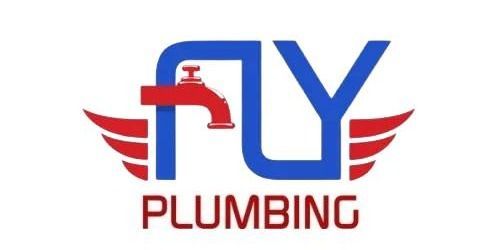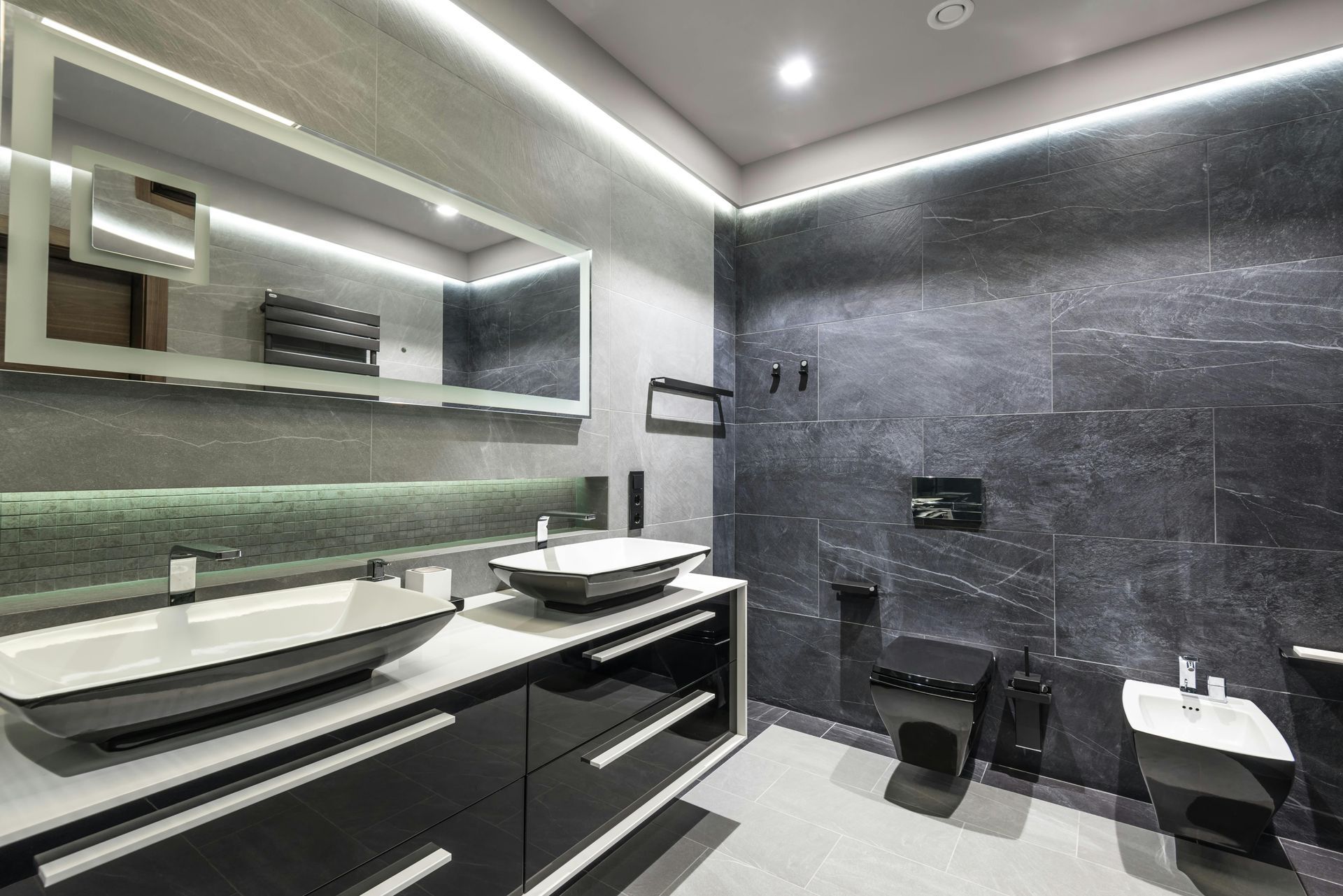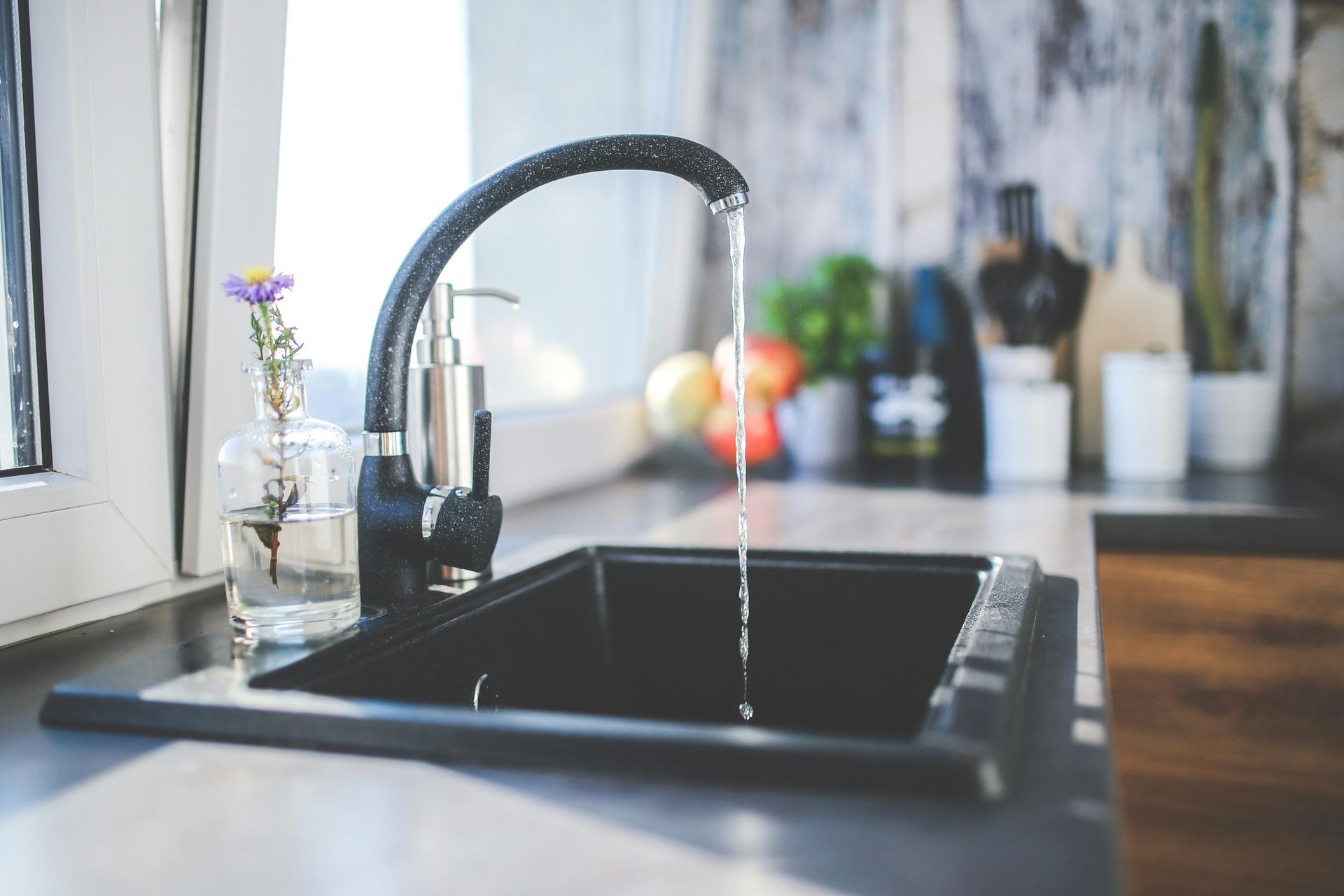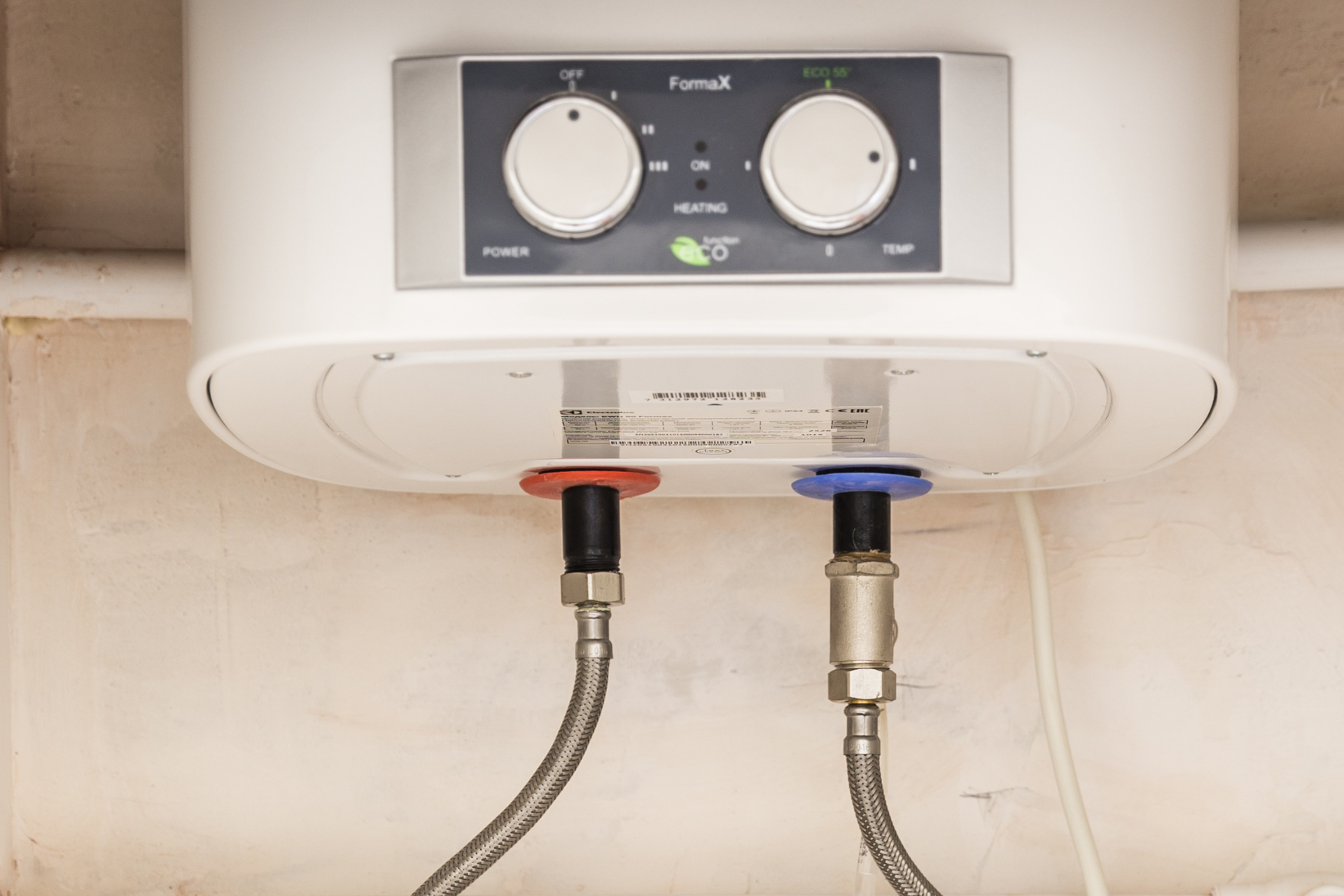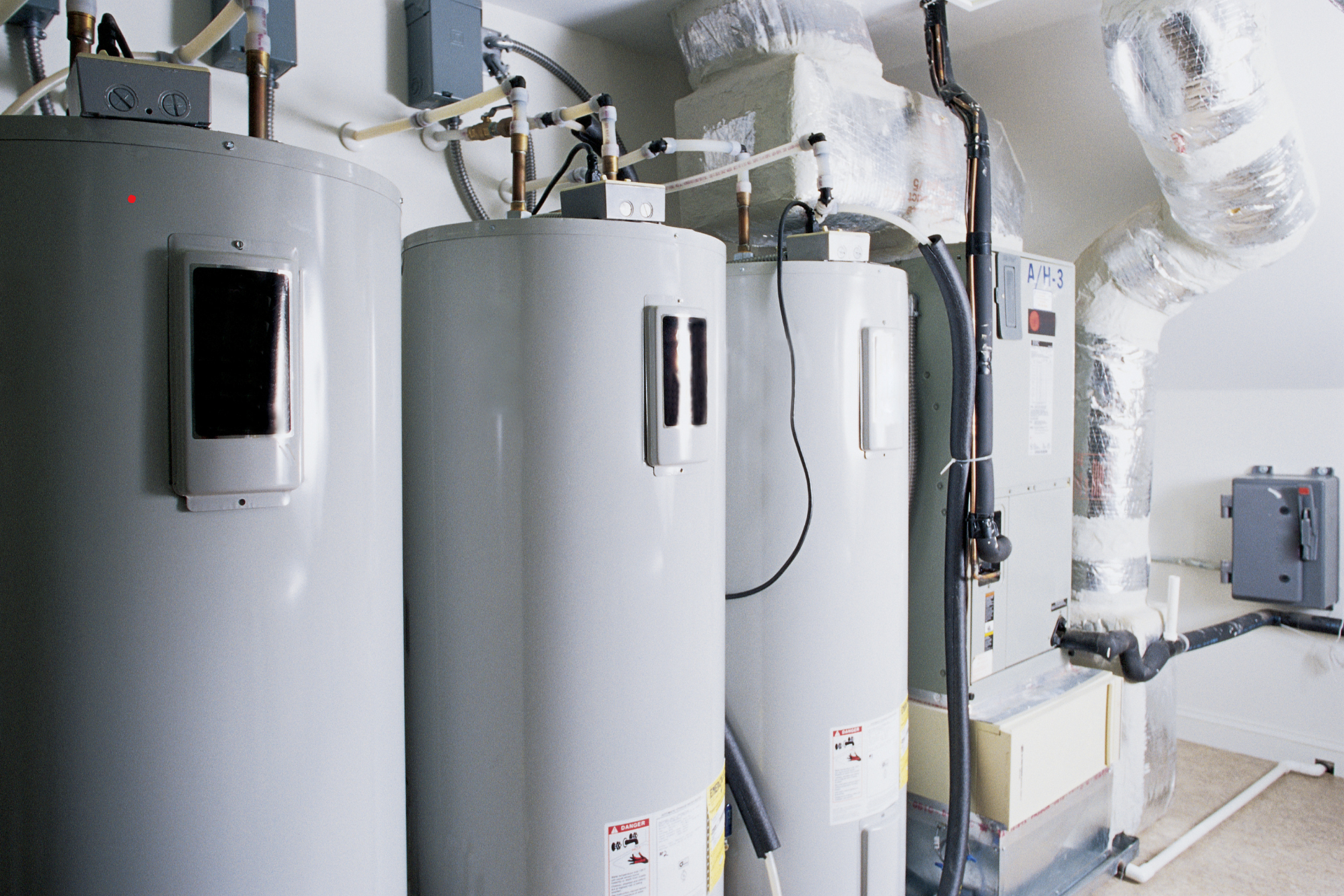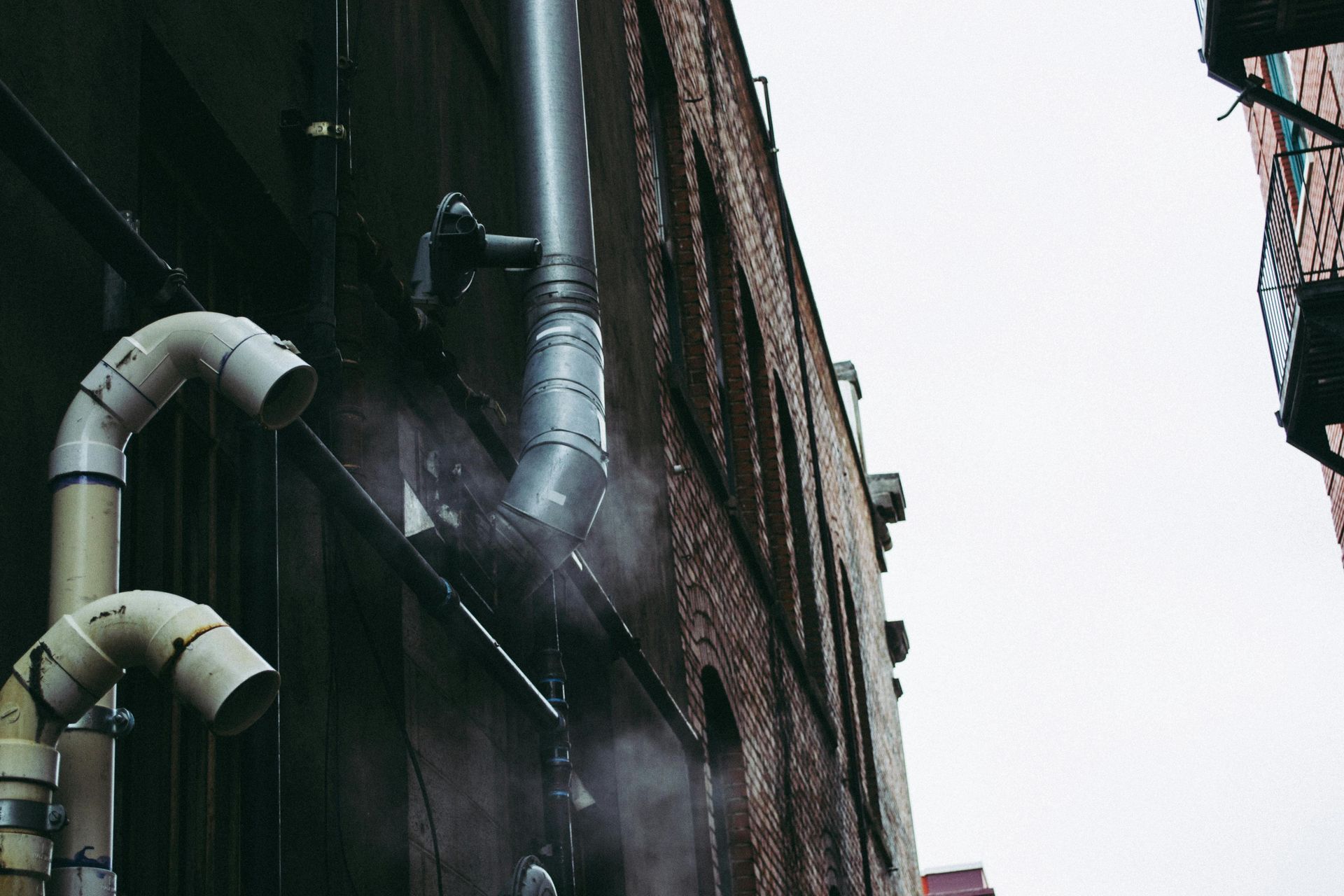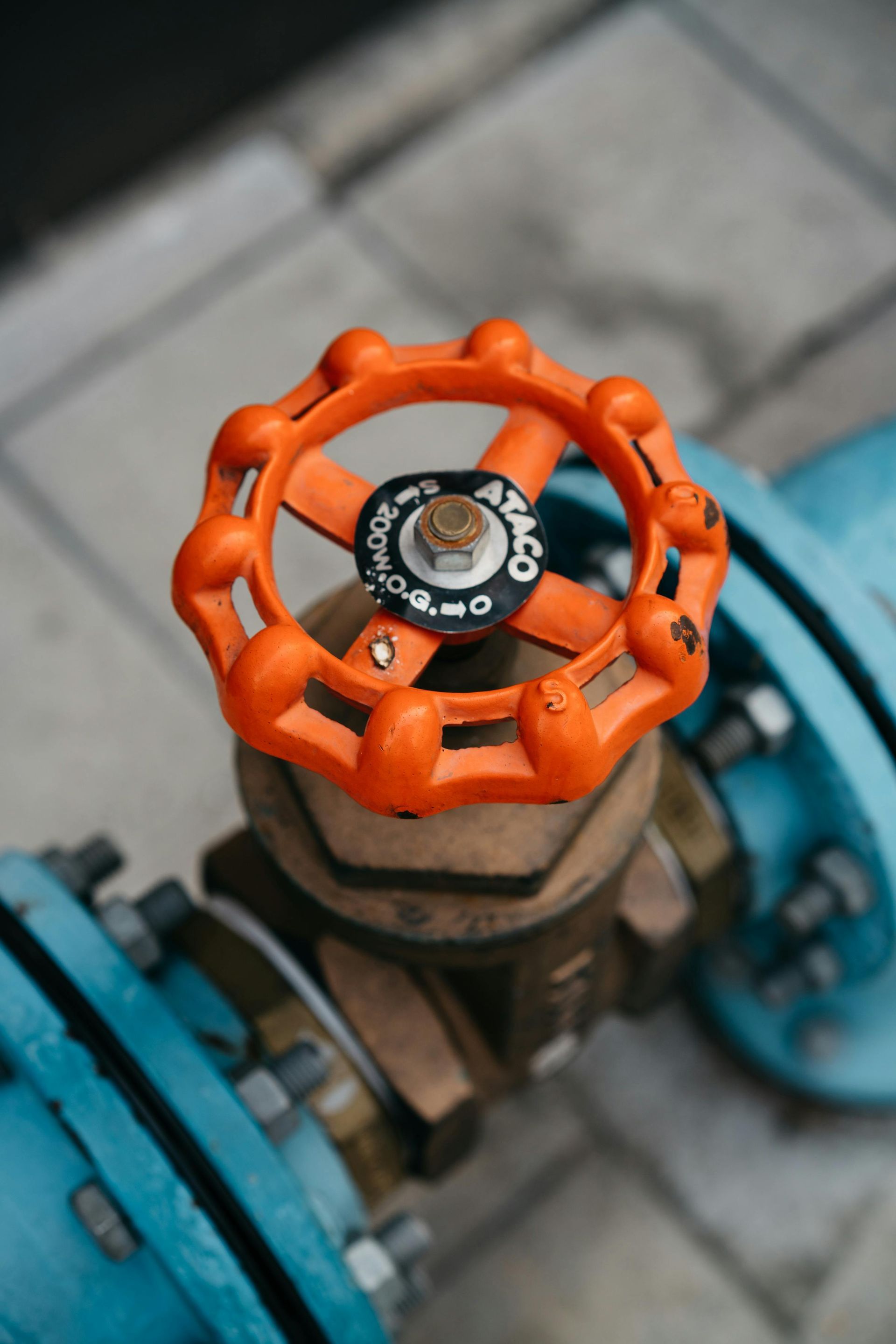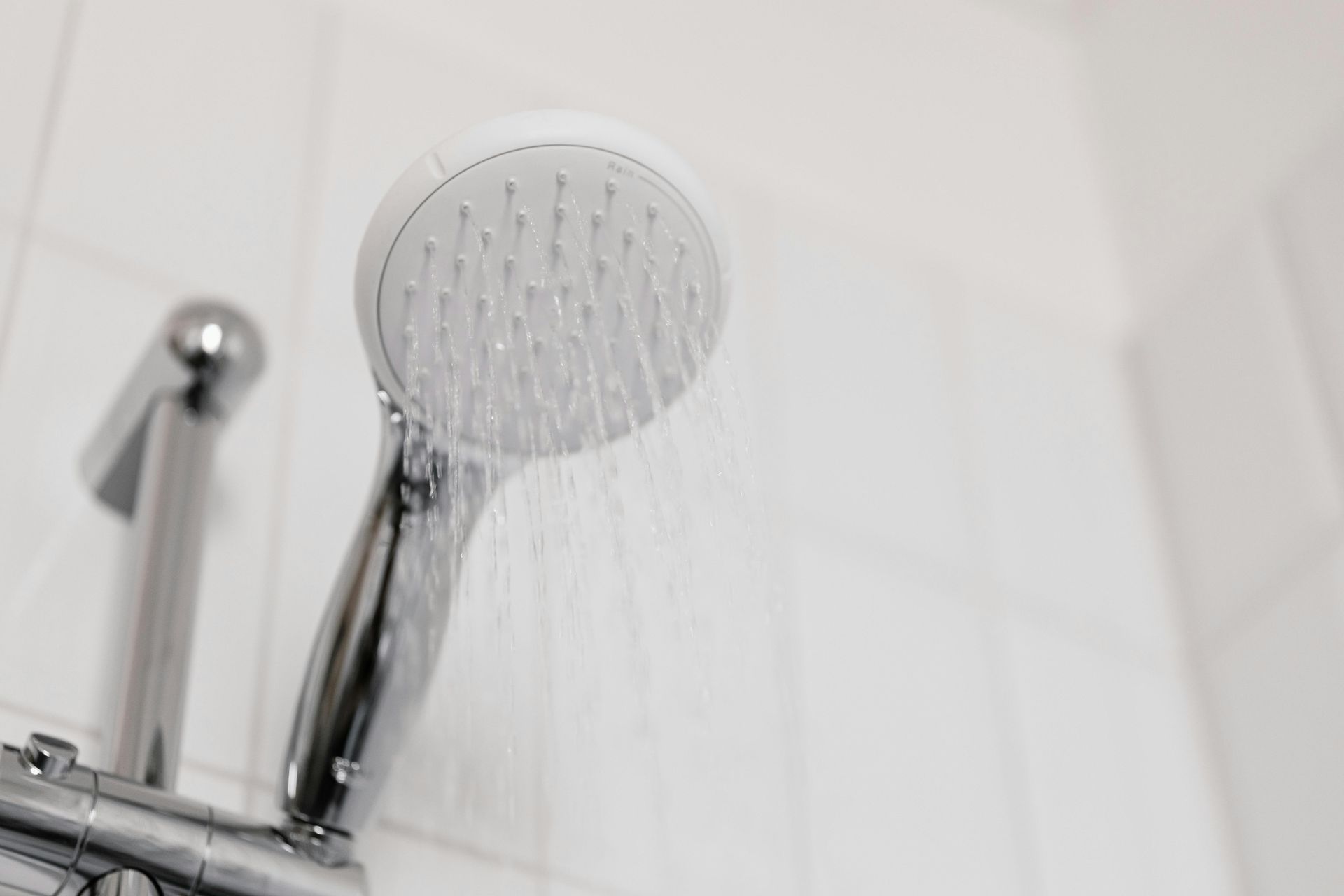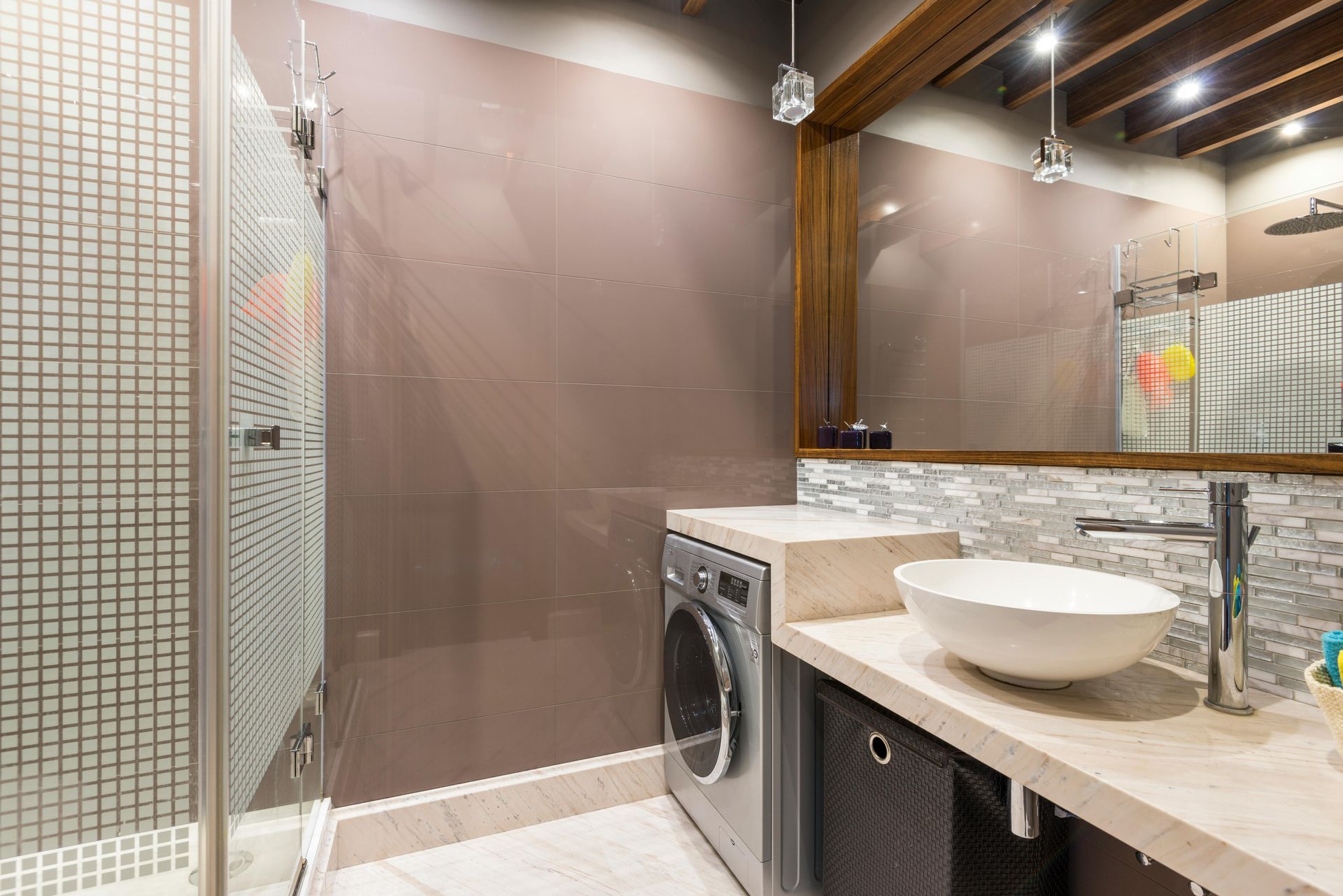The Science of Water Pressure: What Every Homeowner Should Know
Water pressure is one of the many aspects of your Wheeling, IL, home that demonstrate the everyday application of science. While you may notice when water pressure isn’t what it should be, it serves a bigger purpose than merely your experience. Use this guide to understand water pressure, why it’s important, how it’s measured, problems that may affect it, and tips for maintaining optimal pressure in your home.
What Is Water Pressure?
Simply put, water pressure is the pressure in your home’s plumbing system. The measure of water pressure is pounds per square inch, or PSI. The reason you source water immediately when you turn on a faucet or flush a toilet is because the system maintains constant pressure up to the point of service.
Why Water Pressure Is Important in Modern Plumbing
The first thing most people consider when asked about water pressure is the force with which it flows from faucets or showers. Without enough water pressure, it can take longer to draw water, making it more challenging to accomplish what you need to do.
However, water pressure serves another important role in your home, which is keeping the water quality at a safe level. While water may generally appear clean, it is not sterile and may contain a variety of contaminants, including bacteria. Maintaining a minimum pressure in your system helps reduce the risk of these bacteria growing and becoming problematic. This is why, when a public utility loses water pressure, they issue a boil water advisory. According to the Centers for Disease Control, some of the bacteria that are commonly found in water systems that could cause health problems include nontuberculous mycobacteria, legionella, pseudomonas aeruginosa, Naegleria fowleri, and Acanthamoeba. These can cause a variety of issues, including lung, blood, and even brain infections.
How’s It Measured?
An inline gauge that’s installed as early in your system as possible is the best way to measure your system’s pressure. When you measure water pressure, you generally want to measure what’s coming into your home and feeding all of the appliances. This is why you should install the gauge before your water heater or water softener, if you have one.
You can also install a few more gauges throughout your home if you feel like you’re having issues in certain areas. This is especially helpful if you have a multi-level home, as water pressure will naturally be lower at higher levels due to the effect of gravity.
When measuring your water pressure, ensure there aren’t any appliances drawing water, including toilets, your water heater, or water softener. The pressure is properly measured in a static system, which will then help you determine if there are any leaks or other issues.
Ideal Household Water Pressure
In most settings, the ideal water pressure range is between 45 and 80 PSI. Anything below 40 PSI is considered low, and anything over 80 PSI is too high and could damage your plumbing. Most residential codes stipulate a minimum of 20 PSI, which according to the CDC is the minimum pressure to prevent bacterial growth.
What May Affect Your Home’s Water Pressure?
There is a long list of factors that can affect your home’s water pressure, and not just factors inside your home. First, consider where in your home or where in the building you’re located. Water has to fight gravity, so spaces that are higher will experience naturally lower water pressure. If your home is at the top of a hill, you may have lower pressure than those lower down.
There’s also the variable of when you’re using water. The more people who use water from the same source, the lower the water pressure will be for everyone. Also, consider the size of the pipes supplying water. Homes with smaller pipes will usually have lower pressure than those with properly sized, larger pipes.
Common Types of Water Pressure Problems
Problems with your water pressure aren’t always really clear-cut. Rather, you may have a variety of problems that could produce either low-pressure or high-pressure.
Low Pressure
Low pressure is usually more noticeable than high pressure, at least initially. We’ve already discussed some environmental causes of lower pressure, but there are also correctable issues you may encounter, starting with the obvious leaks, whether you can see them or not.
Beyond leaks, the next most common issue causing low pressure is buildup somewhere in the system. This often relates to mineral deposits and can be found within pipes themselves, but also at the point of service, especially if you have an aerator installed. Similarly, you could have an issue with a water valve, whether it’s clogged or it simply got partially closed somehow. A professional plumber can quickly help you identify the issue with the special testing methods they use.
High Pressure
High pressure is not as common of a problem but is one that can lead to more substantial damage. An over-pressurized system can stress your home’s pipes and ruin some appliances. High pressure is sometimes caused by a faulty pump, if you have a well. For those on municipal water, high pressure can be caused by increased pipe pressure as the area grows. Most of the lasting overpressure issues come from a faulty pressure regulator, which reduces the pressure from the main so that it’s compatible with your home’s plumbing.
Tips for Maintaining Optimal Water Pressure
Fortunately, you don’t have to wait until there’s a major problem to find out if you have a pressure problem. There are two key things you can do on a routine basis that will help ensure your home’s plumbing maintains the right pressure.
Monitor Your Pressure Regularly
One of the best ways to stay ahead of major problems is to check your water’s pressure regularly. Work with your plumber to determine the best place to install the gauge where you can easily check it. Plan for a check once a month when there’s nothing drawing water from the system. If you notice a significant drop in pressure or a steady decline, you may want to have your system inspected. Further, if you notice that pressure isn’t what you’re used to at an appliance, start by checking your pressure gauge.
Regular Inspections
Beyond calling for an inspection when you notice trouble, plan to have your plumbing system inspected every two years. This will include a visual inspection looking for signs of corrosion or leaks and usually includes your appliances, sewers, drain lines, and supply lines. It should also include a pressure test on your supply lines that will help identify even small leaks.
Over the last 16 years, property owners around Wheeling have turned to Fly Plumbing & HVAC to keep their homes comfortable and safe. Our experienced team provides a wide range of plumbing services, including water heaters, sewer repair, drain cleaning, frozen pipe solutions, sump pumps, toilet installation and repair, and plumbing emergencies, along with HVAC installation, maintenance and repair, duct cleaning, and indoor air quality solutions. Call to schedule a service call with one of our professional plumbers to get to the bottom of your water pressure issues.
